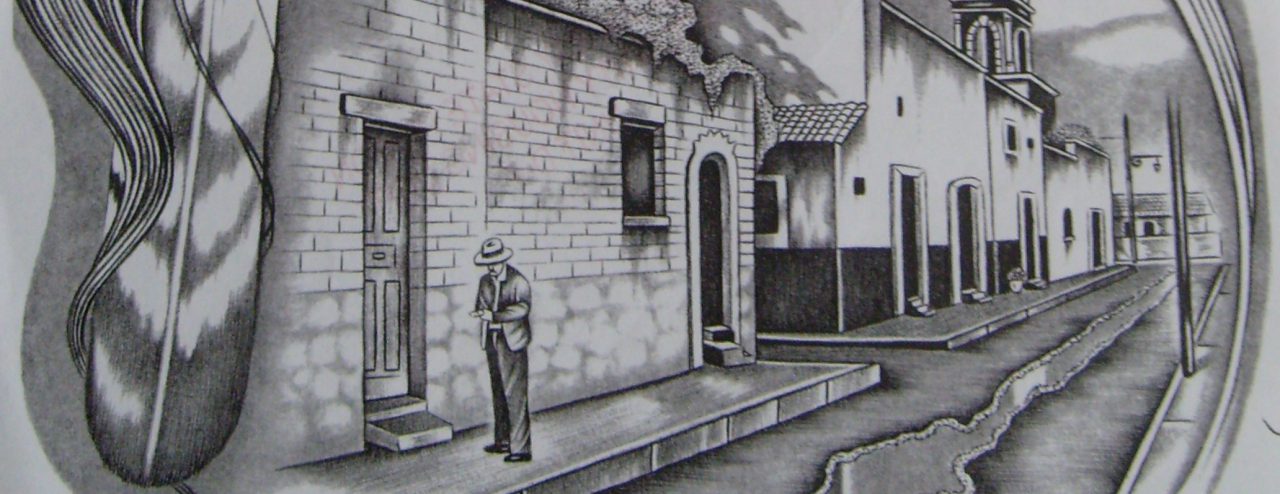By Annie Buckley
This is the second in a series of four blog posts for the Justice Arts Coalition, excerpted from the series, “Art Inside,” published by Los Angeles Review of Books. The full series is available here. To read the first post in Buckley’s JAC blog series, see: Oasis in the Desert. Stay tuned for the third blog, which will be posted on Friday, October 16th.
For this series of posts, I am focusing on our Arts Facilitator Training (AFT) program with Prison Arts Collective (PAC). This is a program that is close to my heart as I developed it with the goal of empowering and giving agency to the hundreds of men and women that we are privileged to work with in prisons across California to develop and teach their own art classes. Initially, I fused elements of my art education classes at the university with skills to support leadership in cultivating creative communities in prisons. Since then, the AFT has evolved with input from peer facilitators in the prisons, my colleagues in PAC, and faculty and students in the four California State University campuses where we have PAC chapters. I am thrilled that the students in our first AFT program have been teaching weekly classes to their peers for the past four years. In addition, at least three have been released and two of them are working full time as teachers of rehabilitative programs in prisons.

Art and Healing
Excerpted from Art Inside #8: Does Art Contribute to Restorative Justice?, 09/03/2018
I have been thinking a lot about the integration of art and restorative justice. I decided to take this question behind the walls, asking incarcerated participants in our Arts Facilitator Training program what they see as the benefits and limitations of the arts in the realm of restorative justice.

I typically begin by asking if anyone knows what restorative justice means. I start with the two or three raised hands, most of whom learned the term in other rehabilitative programs. They explain that restorative justice depicts crime not purely as an individual act but as an embedded community issue with an emphasis on healing for victims and the opportunity to make amends.
From here, we read a short text on the topic and ask whether art can be part of restorative justice. We chart their ideas on a large piece of paper. The prevailing responses are, “family connections” and “connecting to community,” followed by “art is therapeutic” and “art promotes healing.” Another response that comes up often is the way that “art brings people together” and “builds community.”

I also ask where art falls short, how art does not meet the needs of restorative justice. That chart is generally much shorter but, on a recent visit, it inspired a spirited conversation. One student argued passionately that “a pretty picture” does nothing to ease the suffering of his victims and or make communities safer. The others listen respectfully but several rebut the idea, citing funds from sales of art that could be used to promote victim awareness and public safety and the value of connections they have re-formed with families and communities through their art.

When I offer that art does not put victims and offenders in direct dialogue, a few students rebut this, too, sharing that they use journaling to tackle forgiveness and write letters of amends. The subject of shame comes up often and, with it, identity and bias. Students mention that art is a means of “personal transformation” and a way to create a positive identity. Many speak of the way that others only see them as “bad” and continually associate them with their worst acts. Many share a passion to change misperceptions and stereotypes of those that are incarcerated through art.
One thing I love about the Arts Facilitator Training is that I have learned so many new and fascinating ways to combine art with the principles of restorative justice from our peer facilitators. In one peer-led class, a former student in our training leads his students through journaling to build empathy and promote healing. In another peer-led class that grew out of the training, the teacher guides students to connect interpretation in art with interpretation in life, developing an innovative way of applying criticality and openness of art interpretation to how we see life, from interactions with correctional officers to calls with family. Coming from shared experience, the peer-led classes more specifically integrate the tools and principles of community building and personal healing inherent to restorative justice.

About the Author:
Annie Buckley is a professor and the director of the School of Art + Design at San Diego State University and the founding director of Prison Arts Collective (PAC), a project of Arts in Corrections, a partnership between the California Arts Council and California Department of Corrections and Rehabilitation. PAC provides multidisciplinary arts programming and peer facilitator trainings in 12 prisons across California through an innovative partnership between California State Universities and state prisons. Buckley’s writing on contemporary art is published in Artforum, Art in America, The Huffington Post, and she is a contributing editor to the Los Angeles Review of Books, where you can find the full series of “Art Inside.”
See JAC’s recent Teaching Artist Spotlight for more about Annie Buckley and her work with the Prison Arts Collective.
About the Photographer:
Peter Merts has been photographing California’s prison art programs for 15 years; his images have appeared in The New York Times, The Economist, and The Huffington Post. He co-published, with Dr. Larry Brewster, a book on the topic—Paths of Discovery: Art Practice and Its Impact in California Prisons (2nd ed)—and is on the advisory board of the Prison Arts Collective.

